Rangitāne o Manawatū Case study
Rangitāne o Manawatū regularly undertake Cultural Health Index (CHI) assessments to improve the overall ecological and cultural health of a location as well as the quality of the water found at the site. This case study explores what a CHI assessment is, and how it is used at various locations.
Insights into how sites vary across the cultural scoring process are provided so that comparisons can be made. Join Te Ao Turoa Environmental Centre (TATEC), who are the environmental arm on behalf of Rangitāne o Manawatū and contribute to enacting kaitiakitanga on behalf of the iwi, as we observe two locations that score well in the CHI Assessment process, compared to two locations that score poorly. We discuss what cultural factors make a big difference in the overall health scoring of a chosen location.
what is a cultural health index assessment?
A CHI assessment evaluates a selected site using indicators that align with the Māori framework of Atua (gods) to determine the health of an area. These atua are Tangaroa, Tane Māhuta, Haumia Tiketike, Rongomātāne, Tūmatauenga, Tawhirimātea. The CHI also includes ihi ihi, where the score is determined by kaimahi and their perception and feeling of the site during the assessment.
This framework has been adapted by Rangitāne o Manawatū and is different to pākehā methods of assessing sites, as Te Ao Māori evaluates health from a holistic perspective.
Rangitāne o Manawatū have developed a cultural indicators form for scoring selected sites, adapted from the CHI, Tipa & Teiney model 2003. Click here to view the scoring system.
The process of a Cultural Health Index assessment
The process of a CHI assessment provides a helpful framework in linking the scoring system to observations seen at each site. The data over time helps monitor the site’s condition, and to plan what can be done to improve the overall health of the water at the chosen location.
The significant location of Te Motu o Poutua is provided below as an example to showcase how the CHI assessment operates, and how it’s framework provides a way of assessing the cultural health of the site.
Te Motu o Poutoa

Watch the video where TATEC discusses the significance of Te Motu o Poutoa and why this site is so important to Rangitāne o Manawatū from a cultural perspective.
Paul Horton (TATEC senior kaitiaki) provides a brief historical introduction to the site. [10 mins]
Watch the video where TATEC walks us through the framework of a Cultural Health Index assessment of Te Motu o Poutoa. Each of the Atua are discussed in detail, as they apply to scoring the cultural health of the location. [16 mins]
TATEC completes the cultural assessment of Te Motu o Poutoa and Paul discusses the remaining aspects of the framework as applied to this location. [13 mins]
Examples of high scoring sites
Click the button to discover more about the indicators at the Turitea and Kahuterawa sites, which both scored high in terms of the CHI assessment. Learn why these two sites scored well in the framework
Examples of low scoring sites
Click the button to discover more about the features of Moutua Blind Island and Pukepuke Lagoon. Learn why these two sites don’t score well in the framework.
How CHI Assessment parameters relate to land & water management practices in a catchment
TATEC explains how CHI assessment parameters relate to land and water management practices in a catchment [3 mins]




